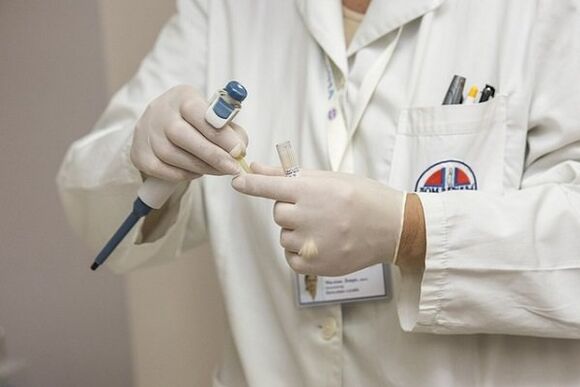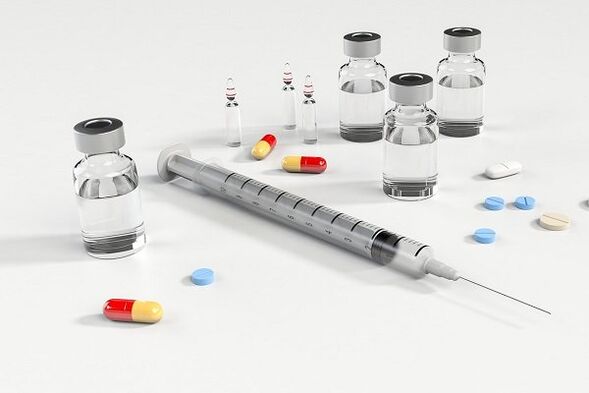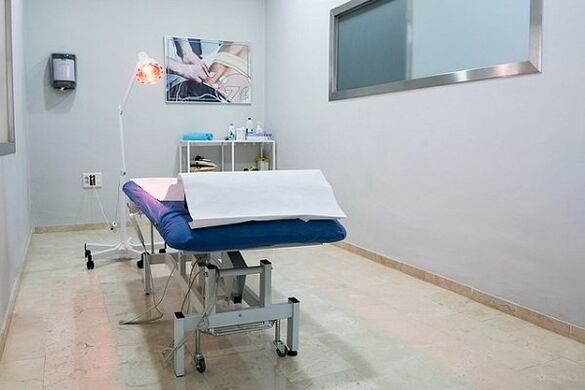
Prostatitis is an inflammatory disease of the prostate gland.The pathology occurs quite often, almost every second man after 60 years suffers from one degree or another of prostatitis.The disease occurs against the background of degenerative changes in the prostate and can also become a consequence of gland infection.
Prostate inflammation violates the patient's quality of life, causing pain, erectile dysfunction and urinary incontinence.Prostatitis also increases the risk of adenoma and cancer.This is why all men are recommended to familiarize themselves with symptoms of prostatitis and, when they appear, contact the andrologist immediately for more exams and prescribe treatment.
The first signs of prostatitis
What symptoms will occur with prostatitis depends on their shape.The disease may be caused by age -related changes, or an infection, in particular, bacterial, viral or fungal.Symptoms in one case or another may differ.The severity of the manifestations of prostatitis also depends on the stage of the disease.
The first signs of prostate inflammation:
- Various types of urination problems: difficulty sealing urine, frequent wishes, urine, burning and pain release falls.
- Groin pain of various intensity.
- Pain during defecation.
- Pain during ejaculation.
- Erectile dysfunction at varying degrees: rapid ejaculation, insufficient stress of the penis, weakening of an erection during sexual intercourse.
Often nothing bothers patients and they resort to the doctor for examination due to infertility.Prostatitis worsens the quality of sperm;Therefore, a man with this disease will probably not be able to conceive of a child.Thus male infertility can also be attributed to one of the symptoms of prostatitis.
Prostatitis treatment methods
Only based on symptoms is the treatment of prostatitis not prescribed, because it is very important to understand what caused the inflammatory process and eliminating it.If this is not done and start therapy blindly, it will probably be ineffective.
The treatment of prostatitis is complex.During the period of exacerbation, the patient is recommended to abandon sex, heavy physical exertion.It is necessary to observe bed rest, eat healthy and easily digestible foods and follow all the assistant doctor's recommendations.

Drug treatment of prostatitis
The drug treatment of prostatitis is the basis of the therapeutic course.Consider which medications are prescribed for inflammation of the prostate.
Anti -inflammatory drugs relieve inflammation, pain and heat.
Spasmoolithics eliminate spasm of smooth muscles and normalize the output of the urine.
Antibiotics are prescribed for a bacterial infection.There are several groups of these medicines:
- Penicilins;
- Fluoroquinolones;
- Macrolides;
- Tetracycline;
- Cephalosporins;
- Aminoglycosides.
What type of antibiotic will be prescribed depends on the bacteria that caused inflammation.It can be detected by analyzing the tank sowing the prostate juice.
Alfa blockers normalize urine output and help eliminate symptoms of prostatitis.
Preparations are prescribed not only in the form of tablets and injections, patients are usually recommended by prostatitis candles.They are anti -inflammatory drugs, painkillers, antitumor, etc.The advantage of prostatitis candles is that they act locally directly on the focus of inflammation, which helps quickly eliminate pathology manifestations.
In the complex treatment of the disease, the use of vitamins and immunostimulating agents is indicated.They help strengthen the immune system and accelerate the patient's recovery.
Surgical treatment of prostatitis
If conservative therapy did not have the proper effect, or the patient went to the hospital at the advanced stage of the disease, surgical treatment of prostatitis may be required.There are two types of operations: Remove part of the prostate and completely remove the gland.
Both methods help eliminate outbreaks of inflammation, save the patient from constant pain and difficulties in the urination process.Depending on the negligence of the case, the operation can be performed using an endoscope or a classic method of laparotomy.
The operation is shown to patients that, against the bottom of prostatitis, stones appeared in the prostate gland, benign or malignant formations.In the latter case, the removal of the prostate is shown to avoid the relapse of oncology and prevent the metastasis of the tumor.

Physiotherapeutic and Massage Treatment
A great complement to drug therapy is the therapeutic treatment, in particular, prostate massage and visiting physiotherapeutic procedures.Both methods are shown after interruption of an acute inflammatory process.During the prostatitis exacerbation period, it is not extremely recommended to influence the prostate with physical methods.Massage will cause greater pain and edema of the gland, which will only make the patient's condition worse.
After removing acute inflammation from the prostate gland and the elimination of pathogenic microflora, you can start physical therapy, massage and physiotherapy exercises.These methods will improve prostate fluid out, normalize blood circulation in the pelvis, which will reduce the risk of relapse of the disease.
With prostatitis, the following physiotherapeutic methods are possible:
- Electrical stimulation;
- Ultrasound treatment;
- microwave therapy;
- Magnetotherapy;
- laser therapy;
- Reflexotherapy, etc.
The necessary therapy method will be recommended by the andrologist, depending on the patient's condition and the need to obtain this or this effect during treatment.
Methodology for the treatment of chronic prostatitis
Chronic prostatitis is a serious pathology that is difficult to get rid of.The course of chronic prostatitis therapy is based on the following events:
- drug treatment;
- surgical intervention;
- Prostate massage and physical therapy;
- change in lifestyle;
- The use of homeopathic preparations in complex treatment.
During the period of exacerbation of the disease, when there is acute urination, pain and manifestation of infection, treatment is performed similarly to acute prostatitis therapy.The patient receives prescribed antibiotics, anti -inflammatory drugs, antispasmodic and other necessary medicines.
During the period of remission, it is very important to pay attention to the prevention of exacerbation and complications of prostatitis.For this, doctors provide the following recommendations that should be followed by life:
- He examined regularly and undergoing an antibiotic course, as prescribed by a doctor.
- Balanced to eat, avoid vitamin deficiency, obesity, exhaustion.
- Wear heat, do not stay in a cold, damp room for a long time.
- Every day they get involved in physical therapy exercises, doing a bias in the muscles of the bottom of the abdomen and the pelvic floor.
- Regularly have sex (preferably every 3 days) so that there are no stagnant processes in the prostate gland and testicles.
- Do not smoke or drink alcohol.Bad habits cause vascular spasm, disturbing blood circulation in the tissues of the whole body, which is a provocative of the relapse of prostatitis.
In the treatment of chronic prostatitis, it is possible to use homeopathic remedies.It is often recommended that patients use rectal candles with maritime spine, purpose, Belladon and other plant and animal components.In addition to candles, it will be useful to conduct microclysters with herbal decoctions.
During the period of remission, patients are required shown a prostate massage.This method of therapy helps improve blood circulation, departure from prostate juice and prevent the relapse of the disease.
Conclusion
Prostatitis is not an inevitable sign of a man's aging, this pathology is successfully eliminated if the patient was immediately undergoing proper examination and therapy.If prostatitis symptoms appear, treatment should start immediately under the control of a competent andrologist.The sooner the patient consult a doctor, the easier it will be to get rid of the inflammatory process.



















